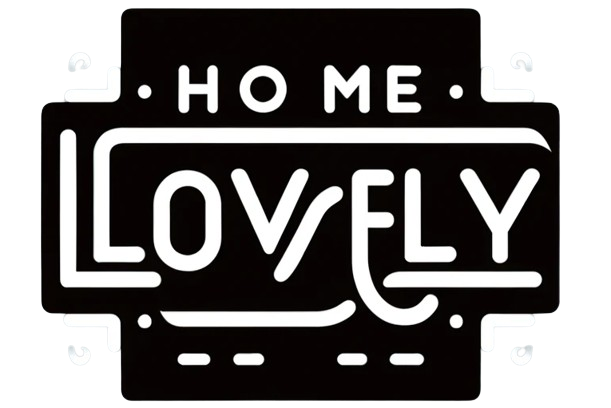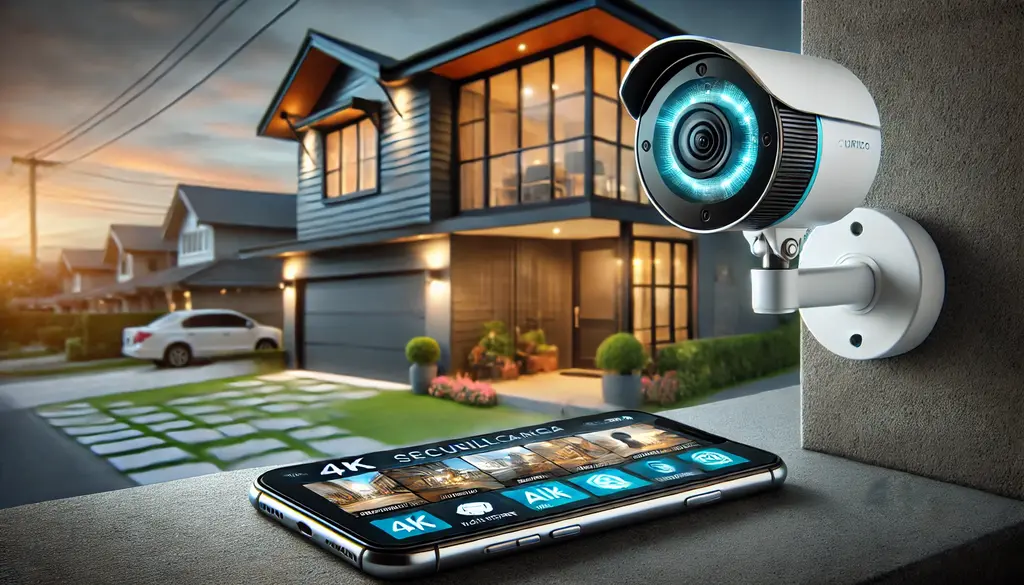Today, security cameras are essential to modern security systems. They provide homeowners and businesses with peace of mind. Moreover, these cameras now feature AI, cloud storage, smart home integration, and high-definition clarity.
The market is flooded with various options, making the selection process overwhelming for buyers.
Today, we’ll simplify the security camera buying process by providing an in-depth analysis of the latest technologies, essential features, and expert recommendations.
Whether you need a security camera for home, office, or commercial use, we’ll help you make an informed decision by covering all aspects of the cameras, from types and features to installation and maintenance. Let’s begin!
The Security Camera Basics
Before buying a camera, you must understand its different types and how they function. Security cameras are categorized based on placement, connectivity, and technology.
The three main types are indoor, outdoor, and wireless cameras.
- Indoor security cameras: These cameras monitor the inside of a home or business. They are compact, discreet, and easy to install. These cameras provide surveillance for living rooms, hallways, nurseries, and other interior spaces. Many indoor models now feature AI-based motion detection, two-way audio, and integration with smart home devices.
- Outdoor security cameras: These cameras withstand harsh weather conditions. They are durable, have weather-resistant casings, and enhanced night vision capabilities. The outdoor cameras monitor driveways, yards, and building perimeters. Some advanced outdoor cameras also include floodlights and sirens to deter intruders.
- Wireless security cameras: These devices provide greater flexibility and do not require extensive wiring. They connect to Wi-Fi networks, allowing users to monitor their property remotely via mobile apps. Wireless cameras are ideal for easy installation and cloud storage options. However, they depend on strong network connectivity for uninterrupted functionality.
Key Features to Consider When Buying a Security Camera
When choosing a security camera, you must evaluate key features, such as its performance and effectiveness. Critical aspects include resolution, night vision, field of view, storage options, and smart home compatibility.
Resolution is crucial for the clarity of video footage. Modern security cameras have HD, 2K, and 4K resolutions.
Higher resolutions ensure better image clarity and the ability to zoom in on details such as license plates or facial features. For the best video quality, a 4K camera is excellent.
These cameras with night vision capabilities can capture clear images in low light or complete darkness. Infrared (IR) night vision uses infrared LEDs to illuminate dark areas, while color night vision utilizes ambient light to produce more detailed images. Cameras with advanced night vision are best for monitoring properties 24/7.
The view field determines how much area a camera can cover. A wider field of view reduces blind spots, ensuring comprehensive surveillance. Cameras with 130-degree or greater view fields provide extensive coverage, making them suitable for large areas.
Storage option is another feature that includes cloud storage and local storage. Cloud storage allows users to save footage on remote servers, ensuring that data is secure even if the camera is damaged or stolen.
Local storage, such as microSD cards and external hard drives, provides a cost-effective alternative without recurring subscription fees.
Smart home integration is also an essential feature of modern security cameras. Many devices now work with Amazon Alexa, Google Assistant, and Apple HomeKit, allowing users to control their cameras using voice commands.
Integration with home automation systems enhances security by triggering actions such as turning on lights when motion is detected.
2025 Security Cameras Trends
These cameras are evolving rapidly, with new technologies enhancing their functionality. One of the most significant trends in 2025 is integrating AI.
AI-powered cameras can distinguish between people, animals, and objects, reducing false alarms and improving accuracy. Advanced AI features include facial recognition, behavior analysis, and automated alerts.
Cloud-based surveillance solutions are becoming increasingly popular due to their convenience and security. Cloud storage eliminates the risk of losing footage and enables users to access recordings anywhere.
Many security companies now offer encrypted cloud storage with AI-powered analytics for better surveillance management.
Another key trend is the integration of security cameras with smart home ecosystems. Cameras can sync with doorbell cameras, smart locks, and alarm systems, creating a seamless security network. This level of automation enhances security and allows homeowners to monitor their property quickly.
Assessing Your Security Needs
Choosing the right security camera depends on specific security requirements. Homeowners should assess their property’s vulnerabilities, such as entry points and outdoor areas. Indoor cameras are ideal for monitoring children, pets, and common areas, while outdoor cameras provide perimeter security.
Businesses and commercial establishments require more extensive surveillance. Offices, retail stores, and warehouses benefit from high-resolution cameras with motion detection and real-time alerts. For businesses with large premises, we recommend multi-camera systems with centralized monitoring.
Environmental factors also influence camera selection. Cameras exposed to extreme weather conditions should have IP67 or higher water and dust resistance ratings. Night vision is crucial for areas with low-light conditions, ensuring round-the-clock surveillance.
Budgeting and Cost Considerations
Security cameras come in a wide range of prices, from budget-friendly models to premium high-end systems. The cost of a camera depends on features such as resolution, storage, and AI capabilities. Wireless cameras tend to be more expensive due to their advanced connectivity options.
Apart from the initial purchase, buyers should consider ongoing costs such as cloud storage subscriptions and maintenance expenses. Some cameras require professional installation, adding to the overall cost. It is essential to balance features and budget to find the best value for money.
Installation and Maintenance Tips
Proper installation ensures optimal performance of security cameras. Place the cameras at entry points, driveways, and high-traffic areas for maximum coverage. Mounting them at a height prevents tampering and improves the field of view.
Regular maintenance is necessary to keep cameras functioning effectively. Updating firmware, cleaning lenses, and checking connectivity are essential maintenance tasks. Cloud-based cameras often receive automatic updates, enhancing security and performance.
The Bottom Line
Selecting the best security camera requires careful consideration of features, trends, and security needs. With AI-powered analytics, cloud storage, and smart home integration, these cameras have become more sophisticated and practical.
Buyers can make an informed decision by understanding the different types of cameras, evaluating key features, and assessing personal security requirements.
As security concerns continue to rise, investing in a high-quality security camera system is a proactive step toward safeguarding homes and businesses.

